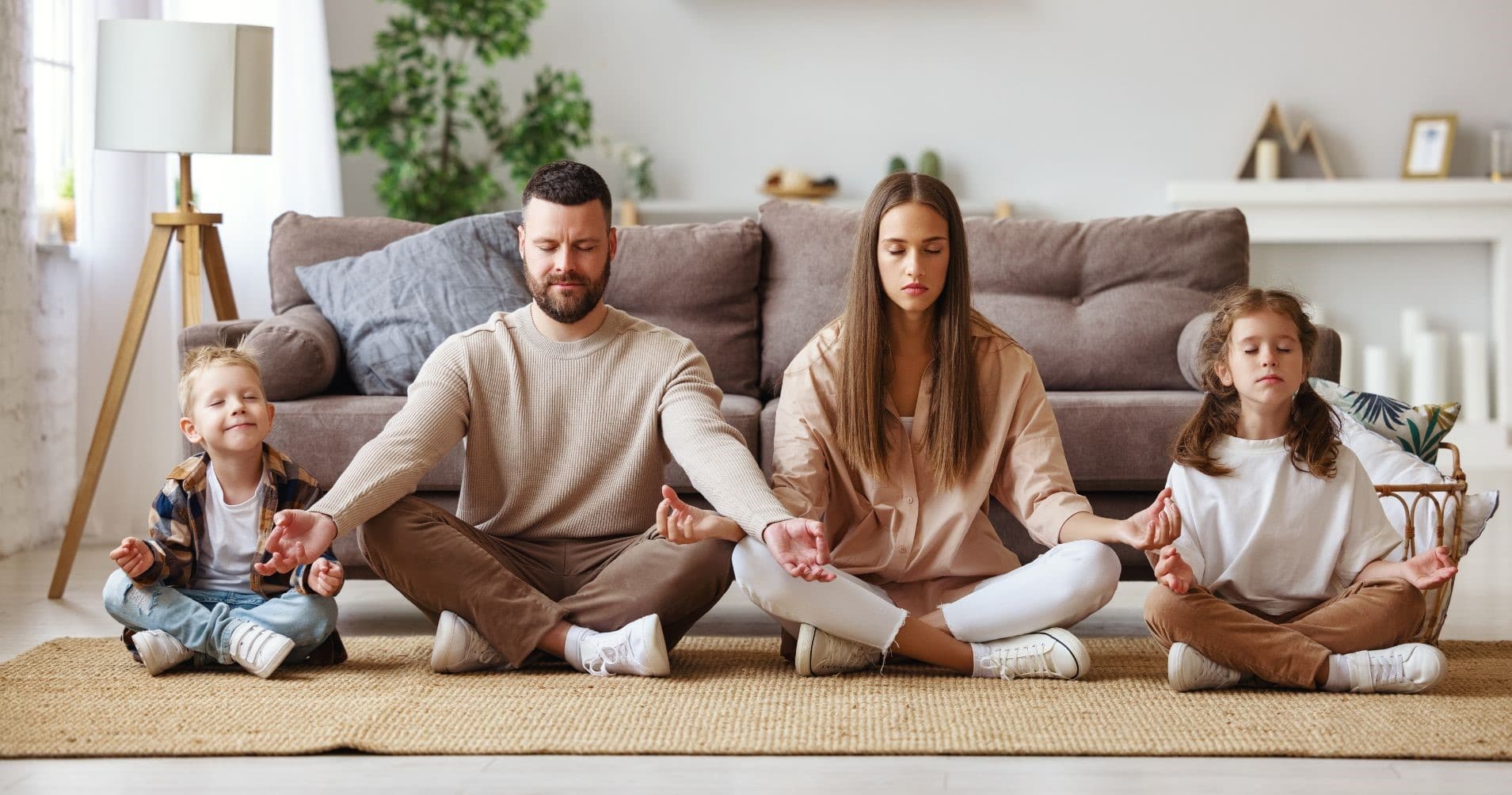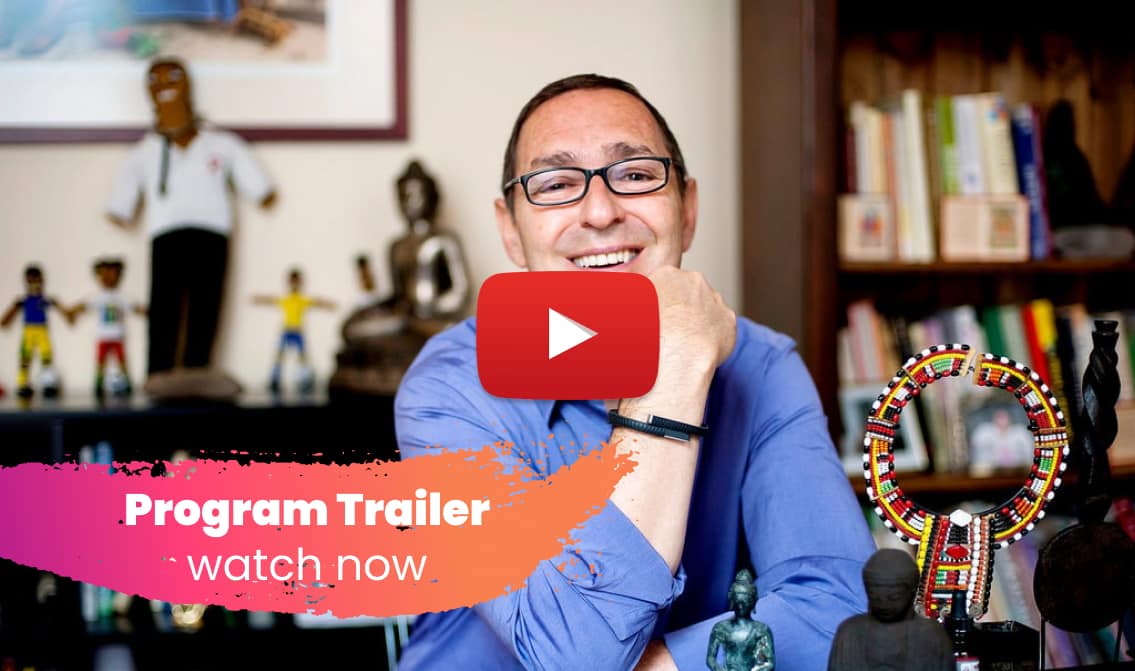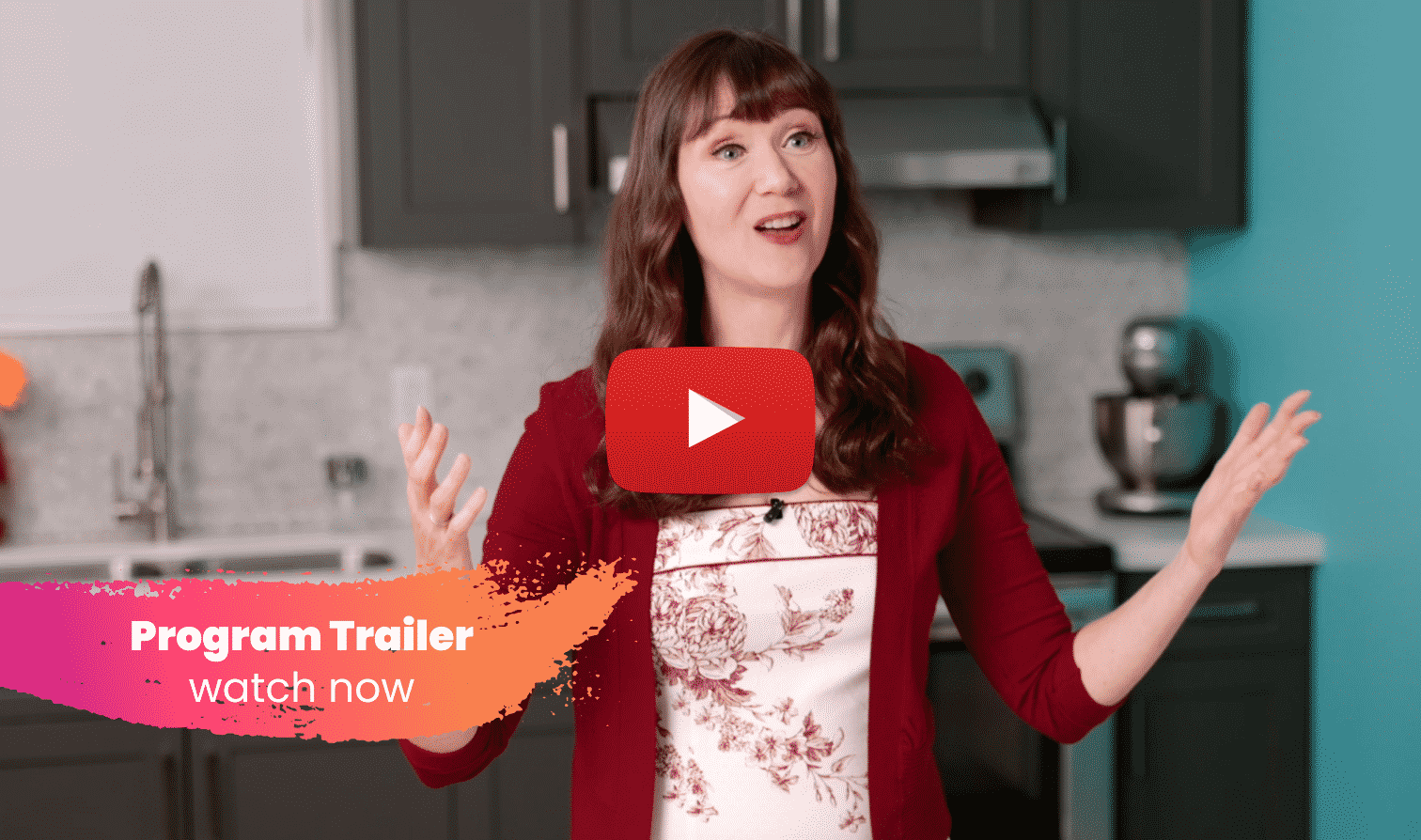Written by MasterHealth Staff
What is a visualization meditation?
A visualization meditation is a type of meditation where you use your imagination to create mental images or scenes in your mind. It’s like taking a mental vacation to a place you’ve never been before.
In this type of meditation, you focus on creating a specific image or scene in your mind, such as a peaceful beach or a beautiful garden. You try to make the image as vivid and detailed as possible, using all of your senses.

How does visualization meditation differ from other forms of meditation?
As we highlighted above, visualization meditation is all about focusing your mind on creating clear, vivid mental images. Whereas other forms of meditation, such as mindfulness meditation, try to help you clear your mind entirely through intense focus on your breath, a word, or a phrase.
How to do a visualization meditation (4-phases)
Phase 1: Preparing for your visual meditation
Before starting the meditation, it’s important to find a quiet and comfortable place where you won’t be disturbed. You might want to dim the lights or light a candle to create a relaxing atmosphere. Sit in a comfortable position, either on a chair or cross-legged on the floor. Close your eyes and take a few deep breaths to help you relax. Think of it like preparing your movie theater, you want to make sure the theater is dark and quiet before the movie starts.
Phase 2: Beginning the meditation
Once you’re comfortable, imagine yourself in a peaceful and serene place, like a beach or a forest. Use your imagination to create a vivid and detailed image of the scene in your mind. Think of it like a mental vacation, you are creating a place in your mind where you can go and relax.
Phase 3: Active meditation
As you focus on the image in your mind, try to use all of your senses to make the scene as realistic as possible. Imagine the sound of the waves or the birds singing, the smell of the sea air or the trees, the feel of the sand or the grass under your feet, the warmth of the sun or the cool breeze on your skin, the taste of the salt in the air or the freshness of the forest. This will help you to be more present in the moment and to relax more fully.
Phase 4: Ending your meditation practice
When you feel ready, slowly bring your awareness back to the present moment. Take a few deep breaths and open your eyes. Remember the feeling of calm and serenity that you experienced during the meditation and take it with you as you move through your day. Think of it like coming out of the movie theater and back to reality, but bringing the feeling of peace you experienced in the movie with you.
And please remember…
Meditation practice takes time and patience, and it’s normal to have a hard time focusing or to get distracted during the practice. But the more you practice, the easier it will become to quiet your mind and focus on the visualization.
Guided visualization meditation: The Tranquil Beach
As you begin this visualization meditation, find a comfortable position and close your eyes. Take a deep breath in, and as you exhale, let go of any tension or stress you may be feeling.
Now, imagine yourself standing at the edge of a beautiful, secluded beach. The sun is shining down on you, and a gentle breeze is blowing through the palm trees.
As you walk down to the water’s edge, you can feel the soft sand between your toes. The water is crystal clear and a bright, turquoise blue.
You can hear the sound of the waves crashing against the shore, and the seagulls calling out in the distance.
The smell of the salty sea air fills your lungs and the warmth of the sun on your skin brings a sense of calm and tranquility.
As you continue to walk along the beach, you come across a secluded spot, where you decide to sit down and take in the beautiful surroundings.
You can see the sun shining on the water, creating a sparkling effect on the waves. The sand is a warm golden color, and the palm trees sway gently in the breeze.
You can hear the sound of the waves crashing, and the gentle lapping of the water as it comes in and out of the shoreline.
You take a deep breath in and as you exhale, you release any negative thoughts or worries you may have.
You feel the weight of the day lifting off of you and your mind becomes clear and peaceful.
The sound of the waves and the warmth of the sun on your skin bring a sense of inner peace and calm.
As you continue to sit and take in the beautiful surroundings, you can feel your body becoming more and more relaxed.
Your breathing becomes slow and steady, and your mind becomes quiet. You feel a sense of pure and utter tranquility.
As the sun sets and the sky turns to a beautiful orange, red and purple, the sound of the waves becomes a soothing lullaby, gently rocking you into a deep state of relaxation.
You can feel your body becoming heavy, as you drift off into a peaceful sleep, feeling refreshed and rejuvenated.
When you are ready, slowly open your eyes and take a deep breath in, feeling a sense of inner peace and calm. Remember the feeling of serenity and tranquility you just experienced, and take it with you as you move through your day.
Benefits of a visualization meditation practice
Visual guided meditation can help you to feel more relaxed and less stressed. It can also help with mental health issues such as anxiety and depression.
It can help you to focus better and be more aware of yourself and your emotions.
Some people also believe that visualization meditation can help with physical health, performance and manifesting positive outcomes. However, these benefits require scientific study to validate these claims made by those who practice visualization meditation.
Tips for starting your journey with visualization meditation
Meditation and visualization can be intimidating at first, but remember that everyone starts somewhere. It’s important to approach your practice with kindness and patience towards yourself. Remember that it’s not about perfection, but progress.
Start by setting a timer for just a few minutes and gradually increase the time as you become more comfortable.
Give yourself permission to have a less-than-perfect experience and remind yourself that the more you practice, the better you will become. And remember, the key is to be consistent and make it a habit, not just a one-time thing. You’ve got this!















